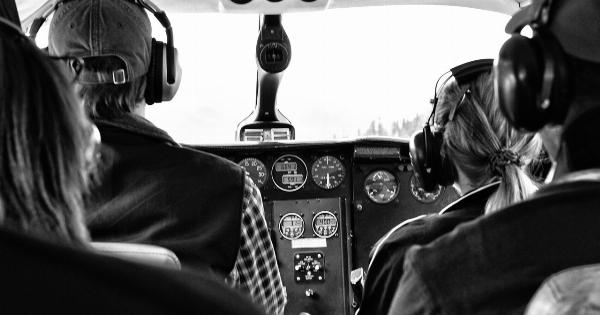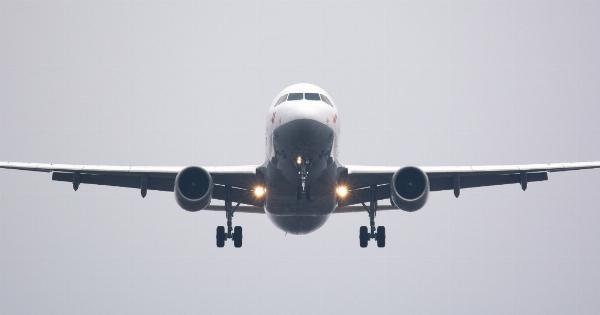For many people, air travel can be a very uncomfortable experience. Long flights often result in aches, pains, and stiffness, with passengers feeling physically worse for wear after disembarking.
However, there are some individuals who report experiencing no pain whatsoever during flights, even on extended journeys, with no clear explanation for this phenomenon. In this article, we’ll explore the potential reasons behind the absence of pain during flight, and what this could mean for the future of air travel.
The Science behind Pain
Pain is a complex sensation that is generated by the nervous system in response to a wide range of stimuli.
Typically, when we experience pain, our brain is receiving signals from various sensory receptors located throughout the body, which are translated into the subjective experience of discomfort. However, the perception of pain can be influenced by a variety of factors, including psychological state, context, and cultural background.
In some cases, these factors can lead to a reduction in pain perception, despite the presence of physical stimuli that would typically be considered uncomfortable or even painful.
So Why Do Some Passengers Experience No Pain During Flight?
There are a number of possible explanations for why some people may not experience pain during air travel. One potential factor is the reduced sensory input that occurs when a person is in a seated position for an extended period of time.
When we’re sitting in a chair or similar position, our bodies aren’t receiving the same level of physical feedback as they would be when we’re standing or moving around. This reduction in sensory input could potentially lead to a decrease in overall pain perception, as there are fewer signals being sent to the brain.
Another possible factor is the psychological state of the passenger. For some people, the act of flying itself can be a source of anxiety or fear.
This heightened state of arousal may actually serve to dampen the perception of physical pain, as the brain is focusing on more immediate threats or concerns. Additionally, some individuals may be better able to dissociate from physical sensations, which could lead to a decreased perception of pain.
Are There Any Downsides to Not Experiencing Pain During Flight?
While not experiencing pain during air travel might seem like a positive experience, there are a few potential downsides to consider.
For one, pain is often a signal that something is wrong in the body, and not feeling it could lead to the development or exacerbation of injuries or conditions. Additionally, pain can serve as a reminder to move or adjust one’s position, which can help prevent stiffness or soreness post-flight.
Finally, not experiencing pain during flight could lead to complacency or a lack of awareness of the potential dangers associated with air travel, which could result in greater risk-taking behaviors or disregard for safety protocols.
What Does This Mean for the Future of Air Travel?
The fact that some people experience no pain during flight raises a number of intriguing questions for the future of air travel.
Could it be possible to develop seating or cabin designs that are more conducive to minimizing pain and discomfort for all passengers? Could training or interventions be developed to help individuals better cope with the physical sensations of air travel? Alternatively, could certain individuals be selected as preferred passengers for long-haul flights, thanks to their ability to tolerate discomfort or avoid pain?.
Conclusion
The mystery of why some people don’t experience pain during air travel remains largely unsolved, but offers intriguing possibilities for the future of air travel.
Whether through new designs or interventions, it’s clear that there is scope for improving the travel experience for all passengers. However, it’s important to bear in mind that just because someone isn’t feeling pain, that doesn’t necessarily mean that their body isn’t experiencing stress or strain.
As with many aspects of medicine and health, there is still much to be learned and understood about the relationship between sensation and perception, and the impacts that these can have on our wellbeing.




























